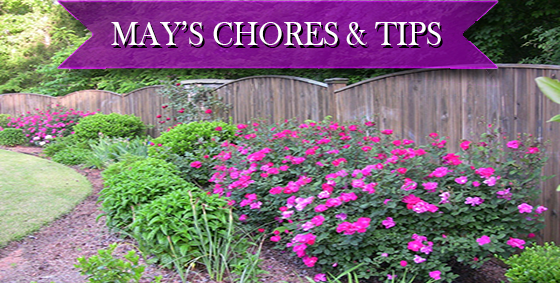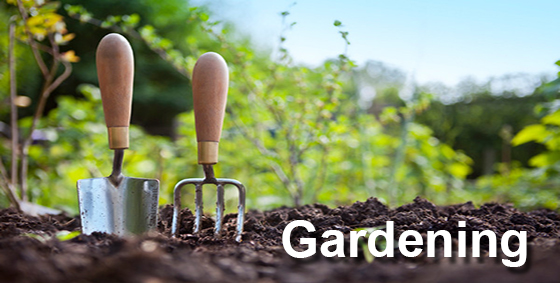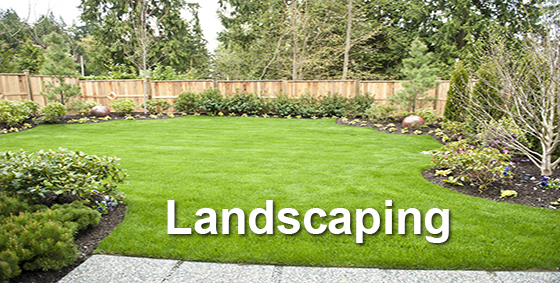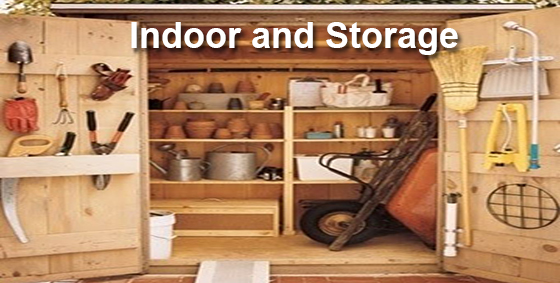
Here are our May Chores and Tips suggestions! Did we miss any? Tell us in the comments below!
- Watering your roses with soaker hoses or drip irrigation will reduce the spread of black spot disease.
- Be sure to stay out of the garden when the vegetable plants leaves are wet. Walking through a wet garden spreads disease from one plant to another.
- Grass clippings can be used as mulch in flowerbeds and vegetable gardens if allowed to dry well before use. Just be sure never use clippings from a lawn that has been treated with a herbicide.
- Four or five layers of newspaper can serve as an effective mulch in your gardens. Just cover it with grass clippings or straw to prevent it from blowing away.
- Be sure to plant your gladioli bulbs in late May.
- Set out your marigold, petunia, ageratum and fibrous begonia transplants. All of these plants are good border plants.
- To grow annuals in containers on the patio, use light weight soil mixture. Keep the plants well-watered, because the soil dries out fast. Apply a water soluble fertilizer according to the package direction every two weeks.
- Mulch around newly planted trees and shrubs to reduce weeds, control soil temperature, and retain moisture. It also prevents damage from lawn mowers and looks attractive.
- For maximum landscaping interest, try annual vines. They can disguise ugly walls and fences. When trellised, they can create shade and privacy while hiding undesirable views. Morning glory, nasturtium vine and scarlet runner bean are typically your best options.
- Lawns maintained at the correct height are less likely to have disease and weed infestation. Kentucky bluegrass and tall fescue should be mowed at two or three inches in height. Mow frequently, removing no more than one third of the blade at each cutting.
- It might sound obvious; put your tools away at the end of the day. Clean them and hang them up so they are ready to use and easy to find when you need them.
- To better evaluate your gardening successes – keep weather records along with garden records. The most important items to report on are daily minimum and maximum temperatures, precipitation, cloud cover and frost occurrences.









Leave a Reply